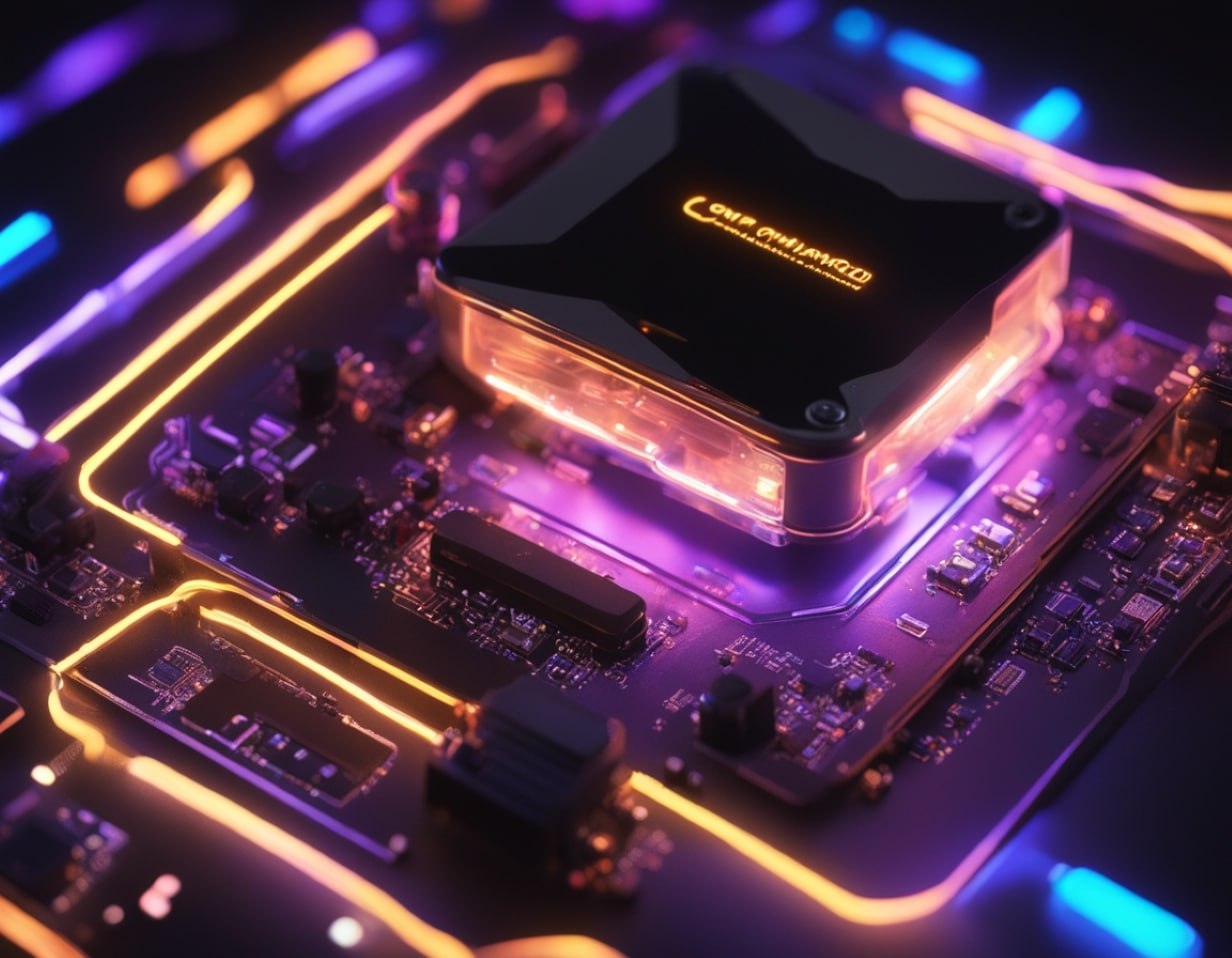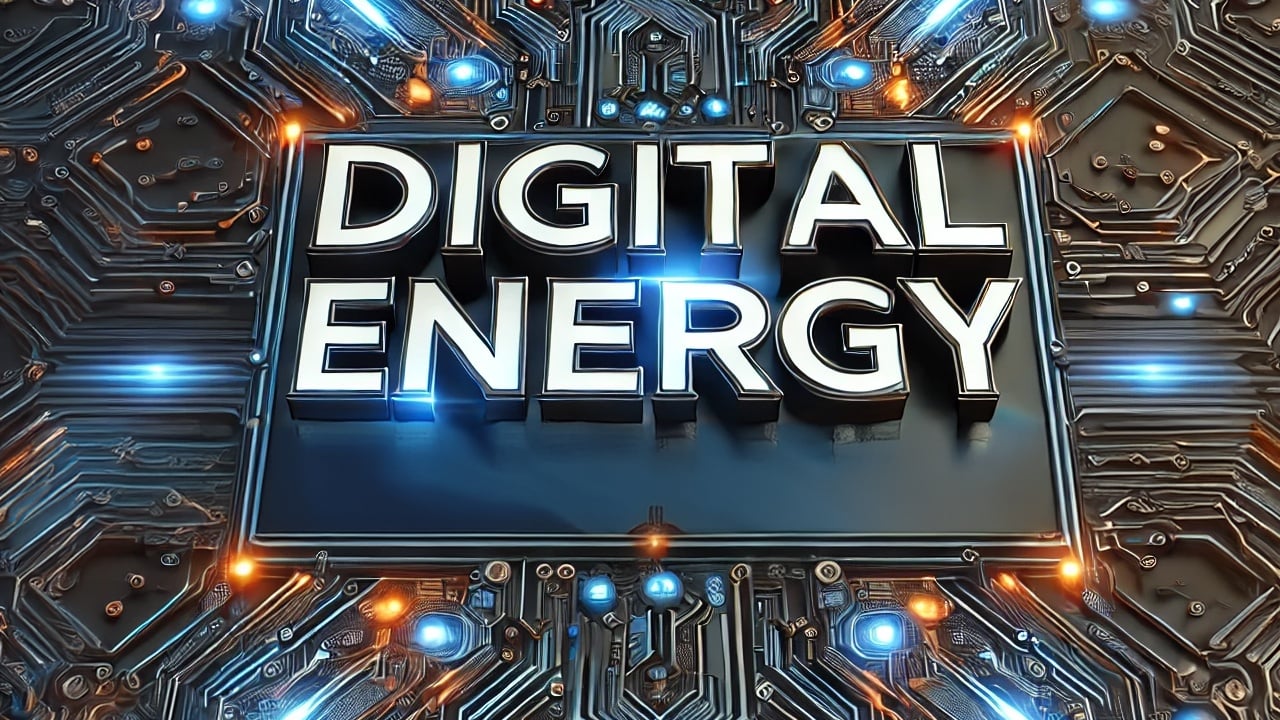
Decentralized physical infrastructure is offering the most real-world implementations for blockchain technology to date.
The advent of blockchain technology has revolutionized several industries, ranging from finance (DeFi) and gaming (GameFi) to Web2 brands such as Nike for digital fashion and Starbucks for Web3 customer loyalty. However, one area that has remained essentially unchanged is physical infrastructure.
Traditionally, the deployment and management of physical infrastructure, such as telecom networks, cloud services, mobility networks and power grids, have been dominated by large corporations due to their enormous capital requirements and logistical challenges.
As a result, these corporations have had a near-monopoly on pricing, conditions and services offered to end-users, leading to a lack of competition and innovation. That is, until blockchain and Web3 entered the picture.
Most are familiar with DeFi, GameFi, SocialFi and decentralized autonomous organizations (DAOs). DePIN, which stands for Decentralized Physical Infrastructure Networks, is a rising use case with real-world exposure. It utilizes tokens to bootstrap the deployment of physical infrastructure, then creates a network effect that unlocks the novel design space of real-world-based DApps.
DePINs are an emerging crypto trend that leverages blockchain technology to build and operate real-world physical infrastructure and hardware networks in a permissionless, trustless and programmatic way.
Related: Brian Armstrong promised me $100 in Bitcoin — so where is it?
These DePINs are arguably the next evolution of the Internet of Things (IoT) for the Web3 ecosystem or a decentralized IoT where users, device users and businesses own and monetize. DePINs enable globally distributed individuals to collectively build, maintain and operate people-owned physical infrastructure networks without needing a single, centralized entity.
DePINs incentivize supply-side participants to build the network by leveraging crypto-economic protocols, offering end-users more cost-effective and innovative services than traditional models.
The origin of DePIN
In November 2021, our own IoTeX became the first Web3 project to put a name to this up-and-coming economy, calling it MachineFi. Messari became the first to reference it as DePIN in July 2022.
Token Incentivized Physical Infrastructure Networks — or TIPINs — surfaced the same month. TIPIN describes a network that uses token incentives to motivate individuals to contribute to the deployment and operation of physical infrastructure and hardware networks, creating a more efficient and equitable model for infrastructure deployment.
Then, in August 2022, came Proof of Physical Work (PoPW), which referred more specifically to incentive structures that allow anybody to permissionlessly contribute to a set of shared objectives. Helium, for example, allows its users to contribute to decentralized wireless networks with hotspots for people to connect smart devices in a secure, low-cost and energy-efficient way.

Hivemapper is another example. It describes itself as a decentralized map built by people using the world's first crypto-enabled dashcam. And DIMO, a user-owned DePIN platform that allows users to maximize the value of their connected devices, starting with cars.
Additionally, HealthBlocks provides a secure health data sharing and coordination platform by leveraging blockchain and token incentives to create a more efficient and patient-centric healthcare system.
And then, there are DePIN infrastructure providers, such as IoTeX, who offer centralized infrastructure such as W3bstream, developer tools and go-to-market support to enable decentralized infrastructure network projects.

In September 2022, EdgeFi surfaced as a variation of decentralized infrastructure networks focusing on deploying hardware resources closer to end-users at the network's edge. In short, EdgeFi is a decentralized infrastructure network that prioritizes edge computing.
In November 2022, Messari decided it was time to put a name on Web3 physical infrastructure and carried out a Twitter poll where voters had to choose from PoPW, TIPIN, EdgeFi, and DePIN. They omitted MachineFi. DePIN won with 31.6% of the votes (136).
Web3 physical infrastructure needs a name!
— Messari (@MessariCrypto) November 5, 2022
Often referred to as Proof of Physical Work (PoPw), Token Incentivized Physical Networks (TIPIN), EdgeFi, or Decentralized Physical Infrastructure Networks (DePIN), crypto has yet to reach a consensus.
Vote below, or add a suggestion⬇️
And in December 2022, Messari mentioned it in research for the first time, saying it would "be one of the most important areas of crypto investment for the next decade.”
How does DePIN work?
DePINs utilize blockchain technology and crypto-economic protocols to enable globally distributed individuals to collectively build, maintain and operate physical networks in a trustless, permissionless and programmatic manner. DePINs’ four fundamental components are:
- Physical infrastructure network: DePIN networks require physical infrastructure to operate. That can be anything from vehicles for mobility networks, solar panels and batteries for energy networks, hotspots and routers for wireless networks, or servers for cloud networks.
- Off-chain compute infrastructure: DePIN relies on middleware connecting physical and blockchain worlds. User real-world activities are accounted for in their reward calculator and distribution. In addition, these data can be aggregated for on-chain use cases, such as data proofs for smart contracts and decentralized data marketplaces.
- Blockchain architecture: Each DePIN network interacts with blockchain architecture that contains smart contract logic. This blockchain network acts as a ledger, rewarding transactions and other value exchanges between network members, such as purchasing broadband access from someone renting out their router.
- Token Incentives: Supply-side participants are incentivized to join and contribute to the network through token rewards. These tokens act as a subsidy to supply-side participants, allowing them to build out the network before it generates sustainable fees from demand-side usage.
a. Supply-side participants: Anyone can become a supply-side participant in a DePIN network by deploying their physical infrastructure and connecting it to the network. For example, a homeowner could deploy a router and become a wireless network access provider.
b. Demand-side usage: Once the network is established, end users can begin paying to utilize the network's services or consume crowd-sourced real-world data. That creates a feedback loop that attracts more supply-side participants and investors, driving network growth and adoption.
What is DePIN’s future?
Given that there are already over 40 billion smart devices and machines, and trillions of sensors deployed worldwide, the future of DePIN is bright. And as the demand for decentralized infrastructure continues to grow, more and more individuals and companies will look to DePIN to build their networks.
Related: CBDCs will lead to absolute government control
With the ability to leverage blockchain technology and token incentives, DePIN offers a more efficient, cost-effective and collective ownership approach to reimagine how we build physical infrastructure networks tomorrow.
DePINs represent an exciting new frontier in the world of blockchain technology. They offer a new way of building and operating real-world infrastructure that is more equitable, efficient and aligned with the interests of network participants. As technology evolves and new use cases emerge, we can expect DePINs to play an increasingly important role in developing our physical world.
A paradigm shift
DePIN represents a paradigm shift in the deployment and operation of physical infrastructure. It enables a more efficient, decentralized and equitable approach to infrastructure deployment.
With the ability to scale rapidly and disrupt traditional industries, DePIN has the potential to become a significant player in the infrastructure world. As more DePIN projects are developed and deployed, we expect significant disruption and innovation in how we build and maintain physical infrastructure networks.
W3bstream is IoTeX's Decentralized Middleware Infra for Connecting Smart Devices to Smart Contracts. Healthblocks and DIMO are IoTeX's DePIN ecosystem partners. This article is for general information purposes and is not intended to be and should not be taken as legal or investment advice. The views, thoughts and opinions expressed here are the author’s alone and do not necessarily reflect or represent the views and opinions of Cointelegraph.





